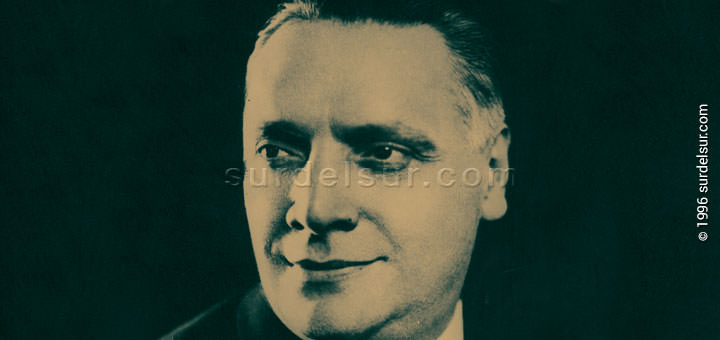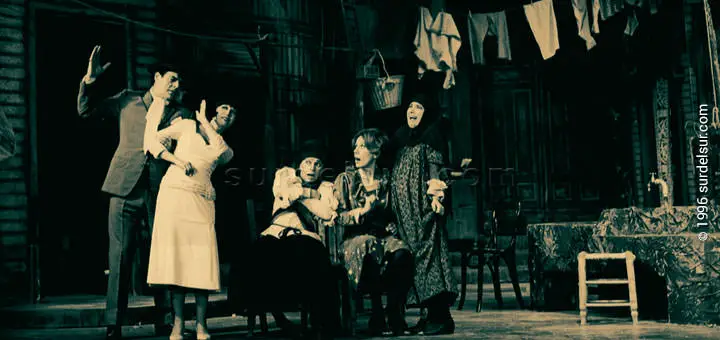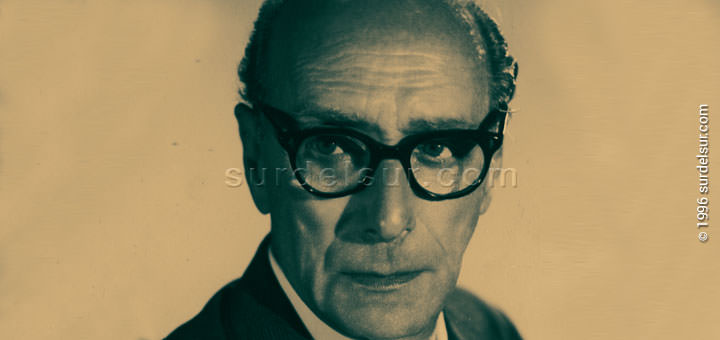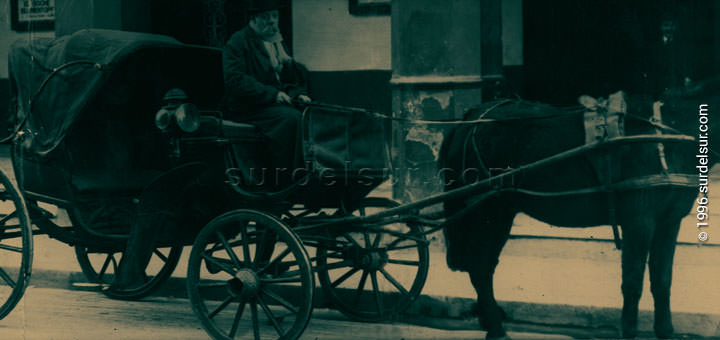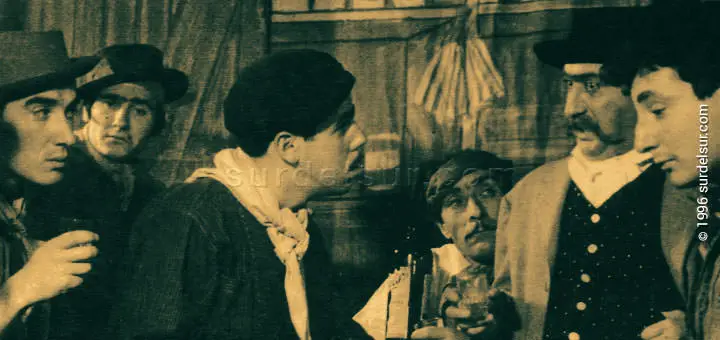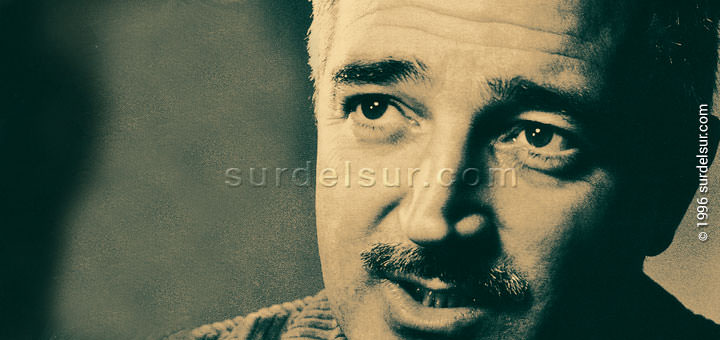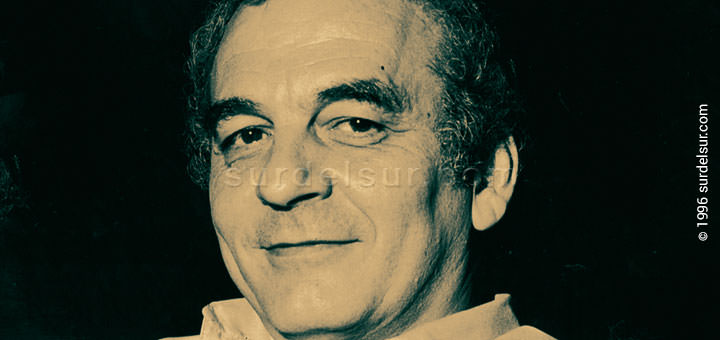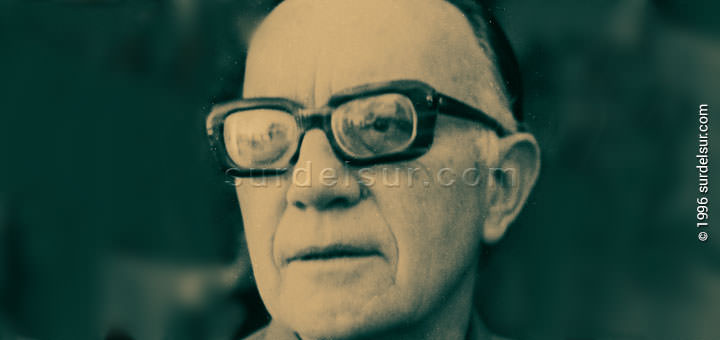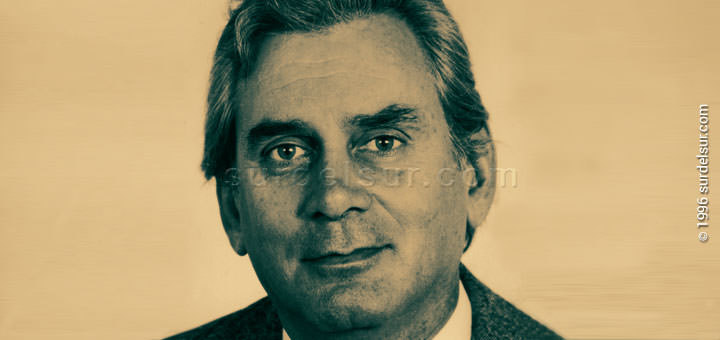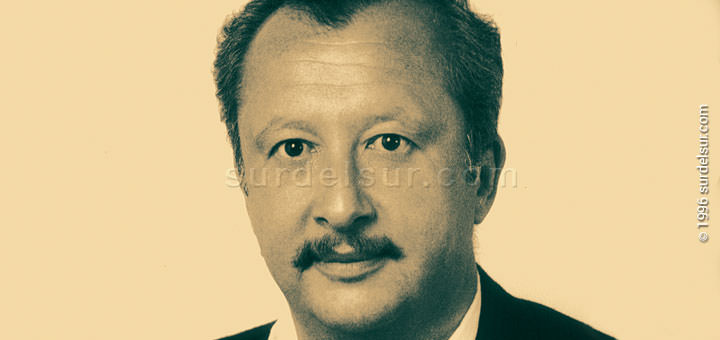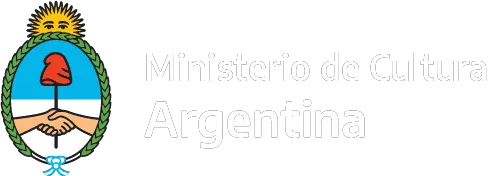The Argentine Theater from 1910 onwards, continues the path taken since the late eighteenth century. A theater with authors and criollos interpreters, that tells about the lives of Argentines with different styles: the sainete Criollo, the gaucho style, the usual comedy and the major trends of the theater were expressed, in its own language.
To learn more about the Argentine Theater before 1910, we suggest to see the first part of the report that describes the Argentine Theater History (1783-1910)
Article of the guest columnist, Osvaldo Calatayud for surdelsur.com
Argentine Theater since 1910
For the first decade of the twentieth century, Buenos Aires accommodated a large number of immigrants who arrived in this land in search of a better life. With them and through the Spanish branch, there came the sainete (one-act farce), theatrical style which gave rise to the sainete criollo.
At that time, of the Argentine Theater, there emerged a group of playwrights who adhered to this style. They told about life in the conventillos (overcrowded tenement houses), in the streets and cafes.
Among them, we can mention Roberto Lino Cayol (1887-1927), Carlos Mauricio Pacheco (1881-1924), José González Castillo (1885-1937), Alberto Novión (1881-1937) y Alberto Vaccarezza (1886-1959).
All the styles appeared one by one: the sainete criollo, gauchesco, the comedy of manners; and they reach its highest peak with Armando Discépolo (1887-1971). It was a thirty-year period of numerous dramatists and performers.
The Argentine theater from 1930
In 1930, the foundation of the Teatro del Pueblo (Theater of the People), gave rise to the Teatro Independiente (Independent Theater), an artistic movement seeking to fight against commercial theater.
As a part of this process quite a few new playwrights emerged, giving dramatic expression a formerly unseen style. We can mention some of them as an example: Aurelio Ferreti (1907-1963), Carlos Gorostiza (1920), Osvaldo Dragún (1929-1999), Andrés Lizarraga (1919-1982) y Agustín Cuzzani (1924-1987).
La Generación del ’60
As a consequence of this movement, three separate lines appeared in the 1960s.
The first one, known as realismo social (social realism), is reflected in Soledad para cuatro (Loneliness for Four) by Ricardo Halac, Nuestro fin de semana (Our Weekend) and Los días de Julián Bisbal by Roberto Cossa
The second line, influenced with teatro del absurdo by Ionesco’s and Beckett’s plays, has some exponents as Eduardo Pavlosky (1933) and Griselda Gambaro (1928), who jointly wrote El desatino (The Nonsense) and then separately, she wrote Los siameses (The Siamese Twins) whereas he wrote Espera trágica (Tragic Expectancy) and El señor Galindez. (Mr. Galíndez).
The third and last of these divisions comes from grotesque, his characters are tragicomic. La fiaca (Languor, 1967) by Ricardo Talesnik(1935) and La valija(The Suitcase, 1968) by Julio Mauricio (1919-1991) are two characteristic examples of this style.
In 1980, when the military government started to loosen the pressures exerted, playwrights of argentine theater such as Carlos Gorostiza, Osvaldo Dragún, Roberto Cossa y Carlos Somigliana (1932-1987), who in turn counted on the support from other playwrights and other theater people, initiated the performances of Teatro Abierto (Open Theater).
Teatro Abierto started its activities on July 28, 1981. This move achieved a degree of continuity and in 1982, new dramatists, directors and actors were added.
Nowadays, theater is an activity with a normal development. During the weekends, in Buenos Aires there are about 80 shows staged in different theaters.
The theatrical activity developed inland is also remarkable, in cities such as Córdoba, Tucumán, Santa Fe, Rosario, La Plata, Mendoza, Mar del Plata, etc. On the other hand, new dramatists emerged: Carlos Pais, Mauricio Kartun, Daniel Veronese, Enrique Morales, Eduardo Rovner and Roberto Perinelli are only some of them.
References:
All graphic material in this report is edited digitally. The customized version by surdelsur.com shown on this page is performed based on the following documents:
- Instituto Nacional de Estudios de Teatro [Photographs and ancient prints] kindly granted by the National Institute for the Study of Theater (INET)

